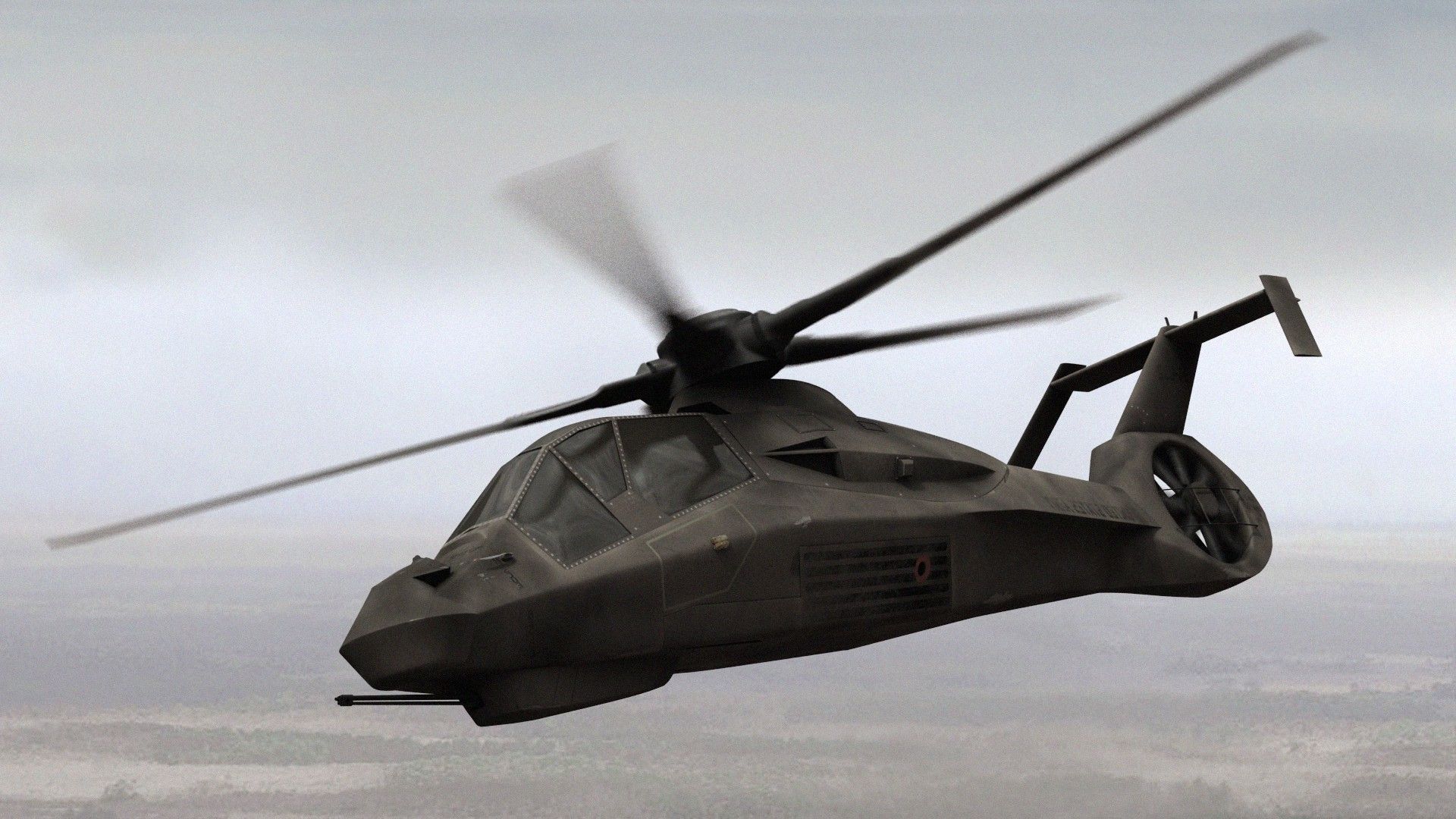
RAH 66 COMANCHE SOFTWARE
The uneventful 45-minute maiden flight occurred on January 4 of 1996.īehind schedule and plagued by serious software and airframe issues, the second prototype made its debut later that year. Nonetheless, the first prototype was unveiled in the spring of 1995, after which it was transferred to South Florida to undergo intensive ground and flight testing. Then just before Christmas in 1994, the program was rocked by a huge setback when the Army reduced its initial order of more than 1,200 units to less than 700, purportedly to offset the cost of increased salaries for rank-and-file soldiers.īut though this and other reasons were cited for the reduction, after the fall of the Soviet Union it had become common knowledge that the program’s future was far from certain. With a promising design on its hands, in late 1992 Boeing-Sikorsky got to work building the first two prototypes at manufacturing facilities in Connecticut and Pennsylvania. This groundbreaking stealthiness would allow the helicopters to elude air-to-air and surface-to-air missiles, as well as AAA fire directed from radar-controlled batteries on the ground.īoth visually and technologically, many of the design elements first incorporated into Comanches are now found on contemporary fixed-wing aircraft like F-117 Nighthawks and F-35 Lightnings. To this end, they’d rely not only on sophisticated avionics and weaponry, but a relatively new technology that allowed them to be far less visible on the battlefield. Shortly thereafter Boeing-Sikorsky was declared the winner and awarded a $3 billion contract to build six prototypes, but only two were ever produced.ĭubbed the Comanche, the revolutionary new helicopter was designed from the outset to serve in both light attack and reconnaissance roles.Īs such, Comanches would need to penetrate deep into unsecured enemy airspace, find out what opposing forces were up to, and identify ground targets that could either be destroyed using on board weapons, or neutralized by even more potent helicopters like AH-64 Apaches.ĭue to the dangers associated with loitering over enemy airspace for prolonged periods at relatively low speeds, RAH-66s needed to be far more survivable than their predecessors. International tensions ran high, defense budgets were growing by leaps and bounds, and next-generation helicopters were seen as necessary bulwarks against the ever present communist threat.Īfter reviewing and evaluating design proposals submitted by rival manufacturers, the Army announced that Bell-McDonnell Douglas and Boeing-Sikorsky’s aircraft had been selected to proceed to the next level.ĭue to the project’s scope and technological demands, both of the aforementioned bidders were multi-company conglomerates that had joined forces to share technology and the financial and logistical burdens associated with developing an all new aircraft. Hence, the Light Helicopter Experimental (LHX) program was born, but the RFP that ultimately led to the development of the RAH-66 didn’t reach manufacturers until 1988. In the jargon of the day, the Army wanted to do more with less. This lofty and potentially cost-saving endeavor was to be achieved by scrapping hundreds of Vietnam-era light attack and reconnaissance helicopters like Bell UH-1 “Hueys” and Hughes OH-6 Cayuses, all of which would be replaced by newer, more efficient, and more well-rounded rotorcraft. The Comanche story began all the way back in 1982, when the Army set out to streamline its burgeoning helicopter inventory.

Now, the story of the Boeing–Sikorsky RAH-66 Comanche – the $30 billion “Super Copter” that never was.
RAH 66 COMANCHE FULL
Nearly four decades ago when the Cold War was still in full swing and Magnum PI was the hottest thing on primetime television, the US Army began developing an advanced multi-role helicopter intended to reduce cost and redundancy, while making the Army a leaner, meaner, and far more efficient fighting force.īut like the cost-cutting, intraservice programs championed by Robert McNamara before and during the Vietnam War, the Comanche would ultimately end up as yet another development debacle, despite being fast, agile, lethal and technologically advanced. We could go on, but whatever you choose to call it, Boeing-Sikorsky’s RAH-66 Comanche was – or might have been – a truly revolutionary machine. Stealthy, armed reconnaissance and attack helicopter.

The Swiss Army Knife of combat rotorcraft.


 0 kommentar(er)
0 kommentar(er)
